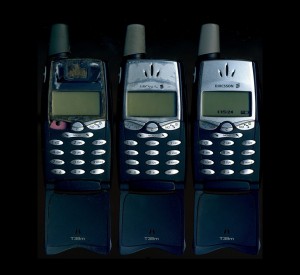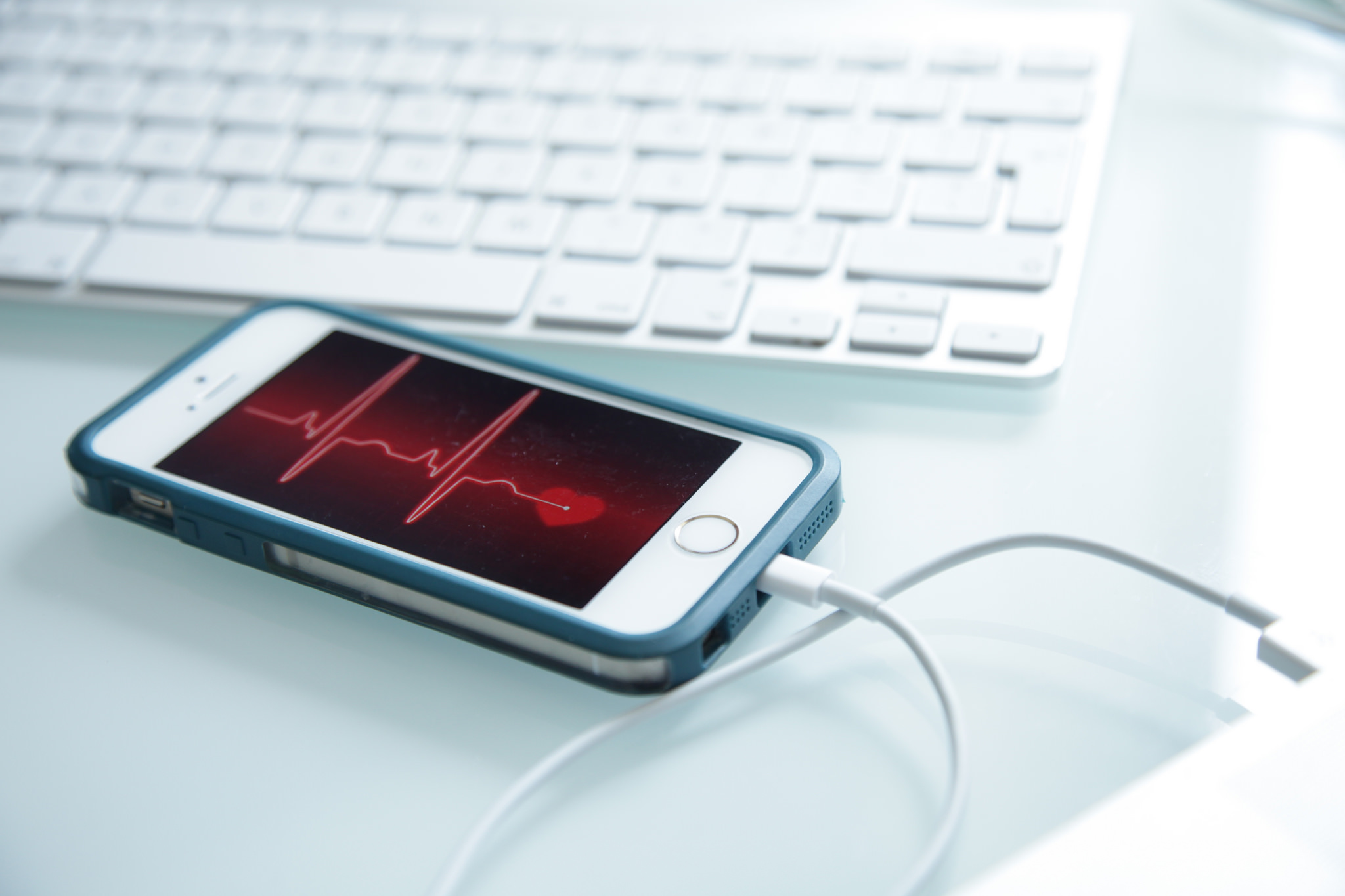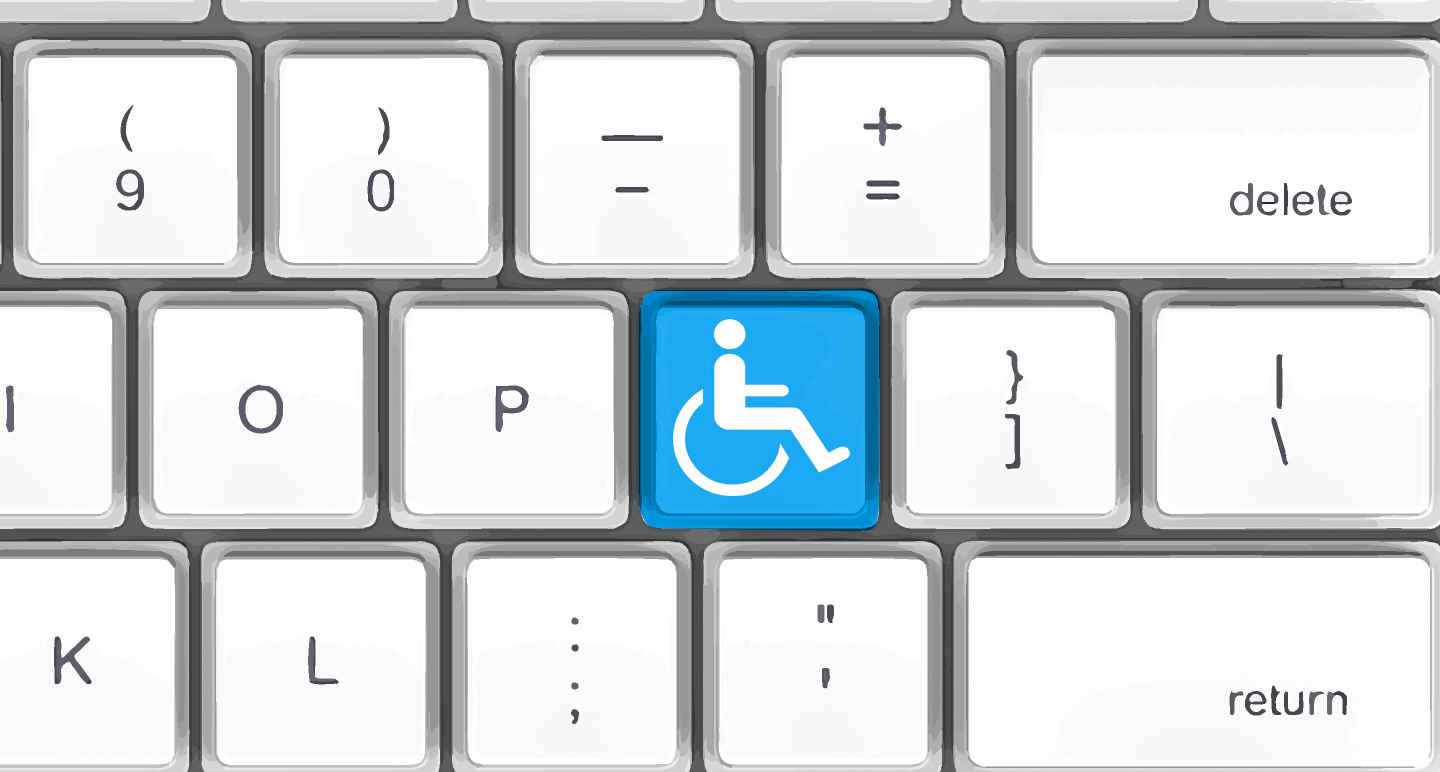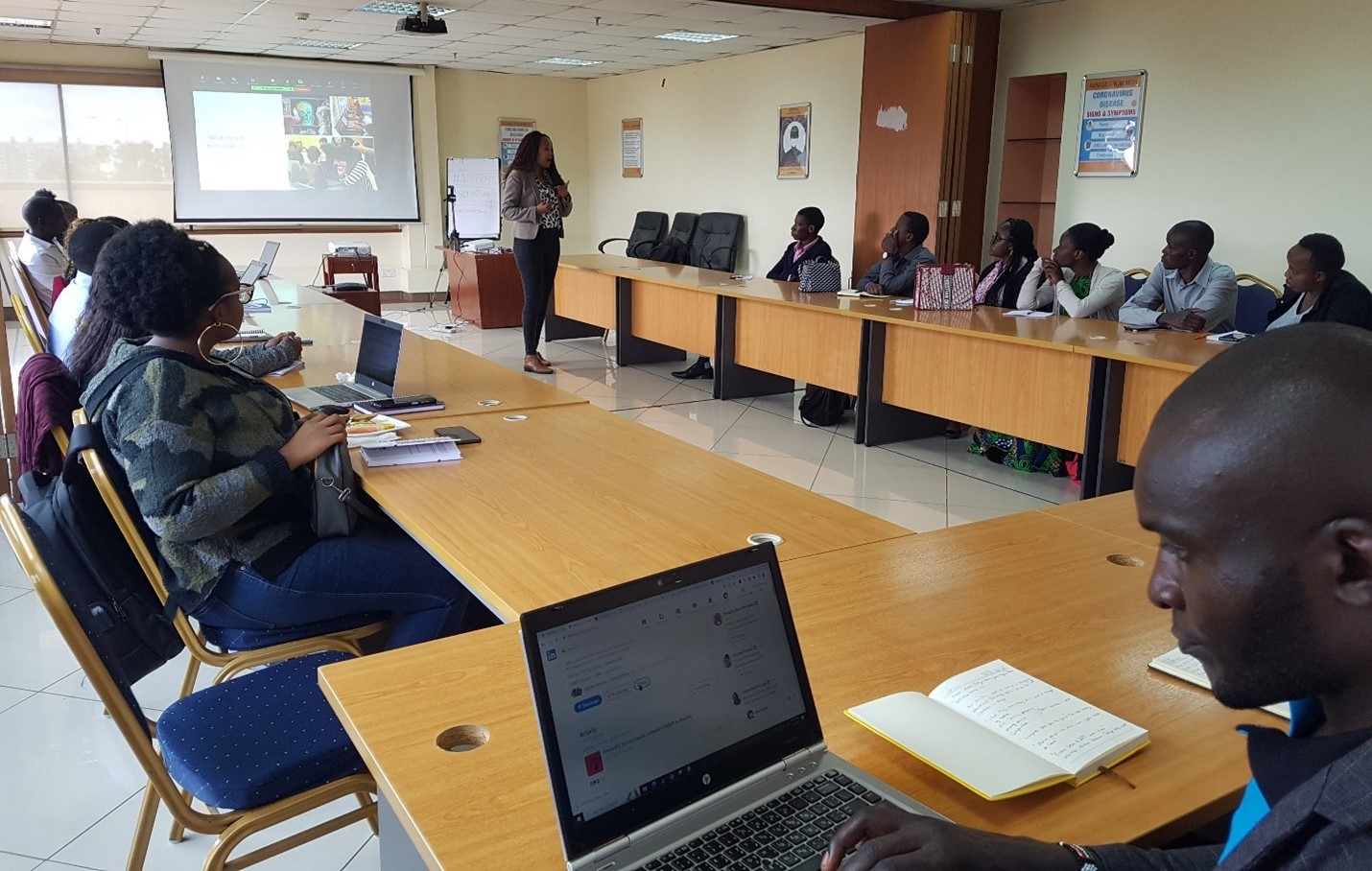This post was contributed by Ferya, a participant in the TechChange course: “Global Innovations for Global Collaboration” developed for IREX for alumni of the Global Undergraduate Exchange Program in Pakistan, a program of the Bureau of Educational and Cultural Affairs, US Department of State administered by IREX. Learn more about our online course: New Technologies for Educational Practice
After going through our first class’ assigned reading “How mGive used texting to raise $40 million for Haiti“, I realised how technology can help us do wonders. I myself have experienced a similar thing in the year 2005. Though it was not exactly the same but the main idea was closely similar.
On October 5 – 2005, Pakistan’s northern areas were hit by an earthquake of 7.6 magnitude, which left around 80,000 people dead and 100,000 injured. The earthquake is said to be the 17th deadliest earthquake the Earth has ever seen.
I was a high school student then and was very disturbed by the occurrence. It was something I had never seen in my life before and was very shaken. I wanted to do something to help my fellow citizens but really did not know what?
In Karachi, by evening everyone was texting each other to pray for the victims. But as time passed, people started exchanging ideas via messages of what can one do to help. People shared messages of possible food items, clothing stuff and medicines that can be donated. Addresses of various donation camps were exchanged throughout. A number of telethons were broadcast with celebrities asking people within the country and abroad, to help the people of the affected areas. Many mobile network companies also provided their services for donations via mobile phones.
The most famous and well organised camp of the city, which was set up by a known TV celebrity, was introduced to the people of the city via messages, that were circulated religiously.
The word spread and soon the camp was flooded with volunteers as young as kindergarten students and as old as those KG students’ grandparents. People of all age groups, from different social strata and from different professions brought whatever they could get for the victims. The camp stayed open 24/7 for months.
The rehabilitation work was months long and was very organised and well executed. But it would not have been a huge success without the help of the young volunteers who not only contributed in material sense but were physically available all the time for any kind of assistance. And this mobilisation became possible only because everyone was connected via mobile phones.
Apart from messages with lists of needed items, messages with motivational poetry and quotes were also exchanged which helped everyone focus on their only goal – to help, no matter how.




